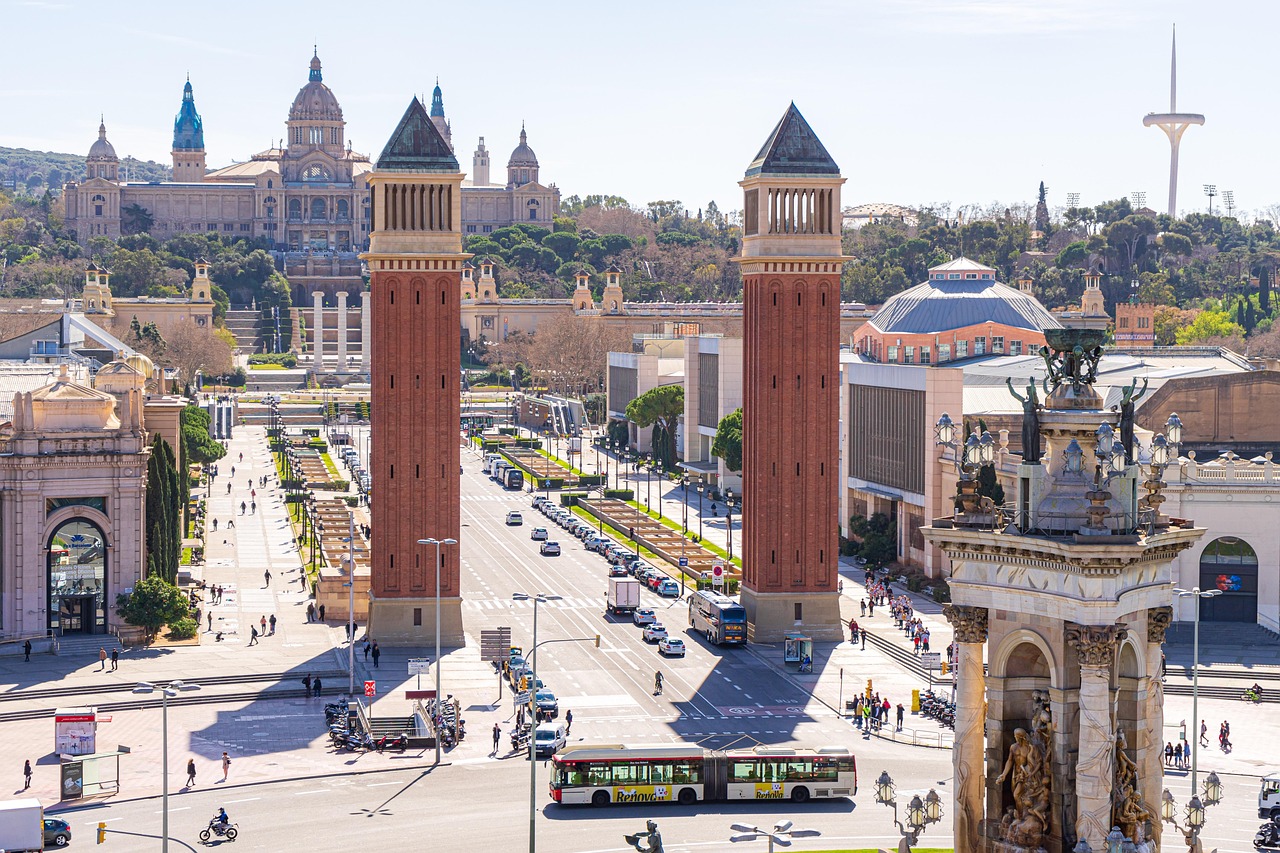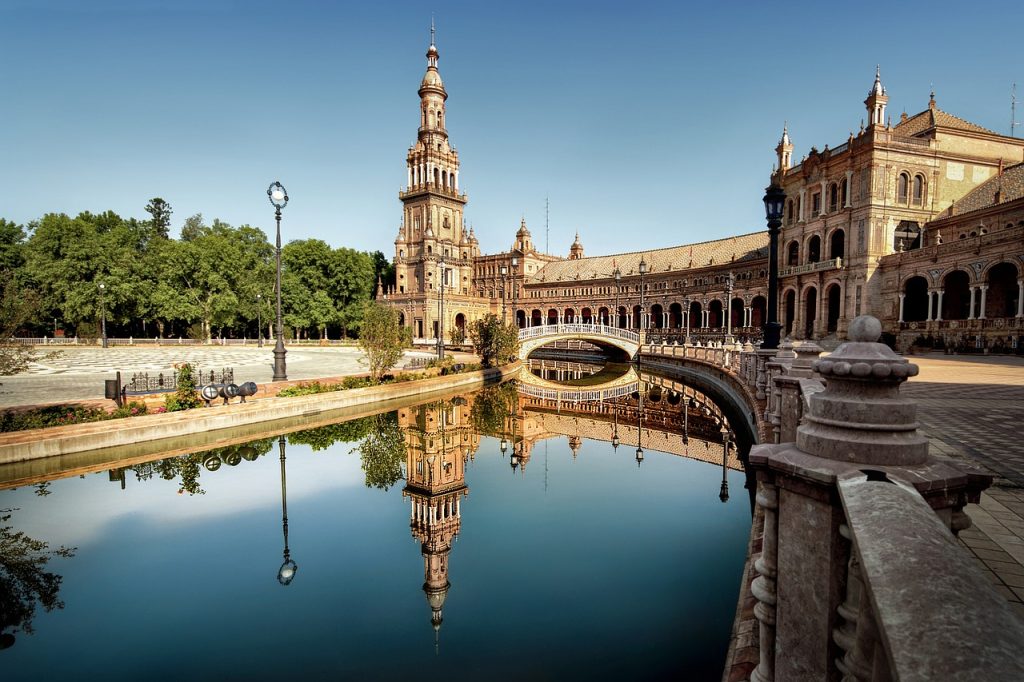Getting Your NIE for Canadians: A Guide to Spanish Paperwork
Welcome to the essential guide to Spanish bureaucracy. Understanding the process to get a NIE for Canadians is the first step to successfully establishing your life in Spain. We’ll break down each concept and provide a clear, step-by-step process for obtaining this crucial document and others like the TIE and Empadromanieto.
NIE, TIE, and Padrón: What's the Difference for Canadians?
What is a NIE for Canadians?
Your NIE for Canadians is your unique, personal tax identification number in Spain. Think of it like your Canadian SIN. You need it for almost everything: opening a bank account, buying property, setting up utilities, and paying taxes. The NIE is a number, not a physical card.
The TIE Residency Card
Your TIE is your physical residency card. It’s a photo ID that proves you are a legal resident in Spain. This card contains your personal details, your photo, your fingerprint, and your NIE number. You only get a TIE if you have a visa for more than 6 months.
Empadronamiento Certificate
This is your official registration at your local town hall (ayuntamiento). The Certificado de Empadronamiento is a document that proves where you live. It is required for many administrative processes, including applying for your TIE.
Your Step-by-Step Guide to Getting Documented
The process to get your NIE for Canadians is typically initiated during your residency visa application at the Spanish consulate in Canada. The number is assigned to you then. When you arrive in Spain and apply for your TIE, your NIE will be on the confirmation document. If you need a NIE for Canadians for a specific purpose without being a resident (e.g., to buy property), you can apply for it separately at a police station with a pre-arranged appointment (cita previa).
This is your first major task upon arrival.
Book an Appointment (Cita Previa): You must book an appointment online for “Toma de Huellas” (fingerprinting) at a designated police station.
Pay the Fee (Tasa 790-012): Fill out and pay the corresponding administrative fee at a bank.
Attend the Appointment: Bring your passport, visa, proof of appointment, proof of fee payment, a photo, and your padrón certificate.
Collect Your Card: Return in approximately 30-45 days to collect your TIE card, which will display your NIE.
This process is managed by your local town hall (ayuntamiento). You’ll typically need an appointment, your passport, and your rental contract or property deed to register and receive your certificate on the spot.
Tips for a Smoother NIE Application Process
- Be Patient: Spanish bureaucracy moves at its own pace. Stay calm and polite.
- Make Photocopies: Always bring the original document and at least one photocopy of everything.
- Booking Appointments: For TIE appointments, which are part of solidifying your NIE for Canadians, check the online portal at odd hours, like very early in the morning, as new slots are often released then.
- Check Requirements: Always double-check the specific document requirements on the official government website, as they can change.
Expert Help with Your NIE for Canadians
Dealing with Spanish bureaucracy can be a significant source of stress. If you prefer to have an expert handle the process of getting your NIE for Canadians, booking appointments, and ensuring your applications are correct, our trusted professional partner is here to help.




FAQ
Can I get my NIE from the Spanish consulate in Canada before I move?
Yes, it is possible to apply for a non-resident NIE at the Spanish consulate in Canada if you have a specific reason (like buying property). However, for residency purposes, the NIE is usually assigned as part of your visa application, and you formalize everything upon arrival in Spain.
What is a "Cita Previa" and why is it so difficult to get?
A “Cita Previa” is a mandatory pre-booked appointment. They are difficult to get for TIE applications due to extremely high demand and a limited number of available slots. It requires persistence, checking the online portal frequently, especially at off-peak hours.
Can I use my NIE to work?
Your NIE number itself does not grant you the right to work. Your right to work is determined by your residency status (i.e., the type of visa you have). A work visa or a digital nomad visa allows you to work; a non-lucrative visa does not. The NIE is simply your identification number for all activities.
How long is the NIE number valid for?
The NIE number itself is permanent and never expires. It’s assigned to you for life. What does expire is your physical TIE residency card, which you must renew based on the terms of your visa.
Do I need a new Padrón certificate every time I have an appointment?
For most official processes, like your TIE application, the *Certificado de Empadronamiento* must be recent, typically issued within the last 3 months. It’s always a good idea to get a fresh copy from your town hall before any important appointment.

